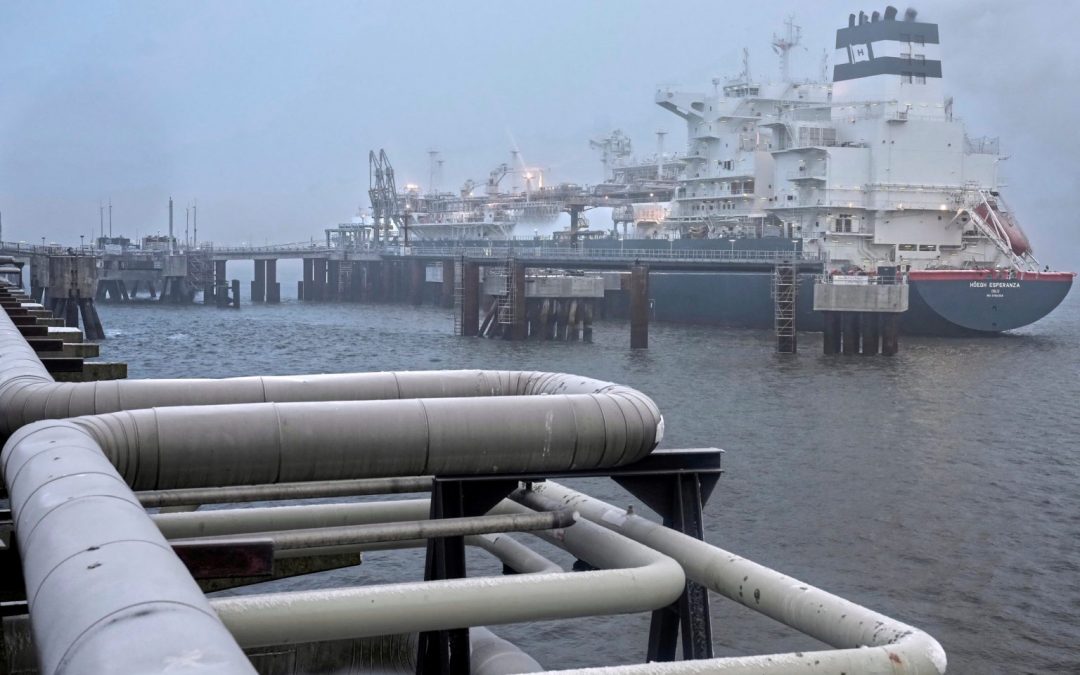LPG and LNG freight rates to Europe remain depressed on slim demand and full storages, with the impact of ongoing Red Sea attacks currently muted despite the continued rerouting of vessels, sources said.
Platts, part of S&P Global Commodity Insights, assessed VLGC freight rates from Houston to Northwest Europe at $56/mt Jan. 25, down $5/mt on the day, while rates on routes to Morocco dropped to $52.75/mt, $4.75/mt lower.
Freight rates from Houston to Japan were assessed at $92/mt Jan. 25, down $8/mt on the day.
Platts assessed the US Gulf Coast to Northwest Europe LNG freight cost at 67 cents/MMBtu on Jan. 25, down 2 cents/MMBtu on the day to be at the lowest levels seen since June.
On the same day, the LNG USGC to Japan/Korea freight cost via Panama was assessed at $1.580/MMBtu, up 1 cent/MMBtu on the day but lower by 8 cents/MMBtu on the week. Freight rates to Japan/South Korea via the Cape of Good Hope and Suez Canal were assessed at $2.18/MMBtu and $2.3/MMBtu respectively. Freights to Japan/Korea have hovered around multi-month lows in the last week.
While freight rates in the LPG Very Large Gas Carrier market had made cautious gains after dropping to the lowest value since September 2022 on Jan. 22, rates remain heavily depressed, according to market sources.
Several factors coupled together to create the high volatility in the LNG and LPG shipping markets.
Strength in the US LPG prices narrowed arbitrage economics as European prices floundered on weak demand. Furthermore, a sweep of Arctic weather in North America tightened production, while strong heating demand resulted in US stocks dropping below 70 million barrels, an eight-month low, US Energy Administration data showed Jan. 24.
“After losing about 50% in value in two weeks, the key question is, have the rates hit the bottom?” analysts at S&P Global said. “That remains to be answered, but on the shipping front, additional ships were seen joining to traveling longer-than-usual distances to avoid transits through the Red Sea amid escalated geopolitical tension in the region, a factor that could stop the recent downward trend of freight rates.”
The conflict has seen LNG and LPG vessels being diverted around the Cape of Good Hope, resulting in a 45% increase in travel days versus the Panama Canal route when traveling at 15 knots, according to S&P Global analysts.
Despite the longer voyages, market impact currently remains limited as LPG and LNG supply remains abundant in Europe.
Entering winter, European LNG storages were 99% full as players were concerned a drop in temperatures would lead to a spike in demand, according to sources.
“It has always been a concern that if winter really started biting that no matter how much storage there is it would never be enough and that the infrastructure to pull in NGLs or LNG cargoes would not be able to cope with the demand,” an LPG distributor said.
However, overall mild temperatures have slowed heating demand, with players expecting existing supply to be ample for the remainder of the winter months as oversupply continues to plague the LNG market.
Meanwhile, Panama Canal restrictions appeared to have eased, with the transit count beginning to make a cautious rebound, according to S&P Global data.
The daily average basis currently stands at 1.7 for January, 0.2 higher than the previous month but still significantly lower than the 2023 average of 2.6.
Source: Hellenic Shipping News





